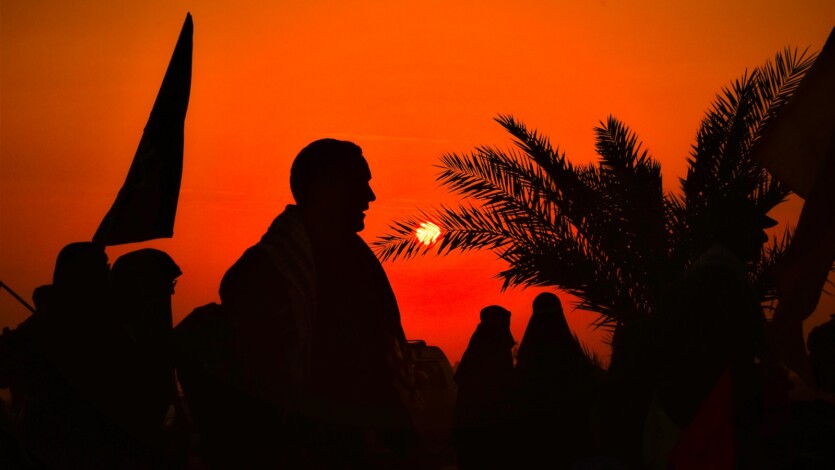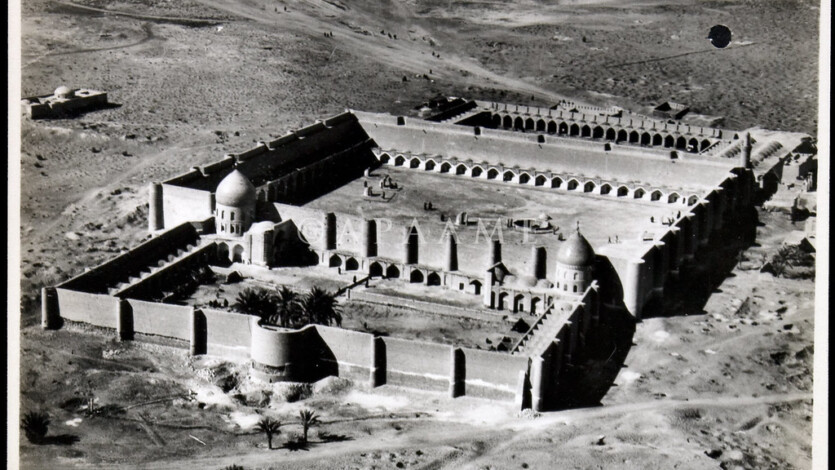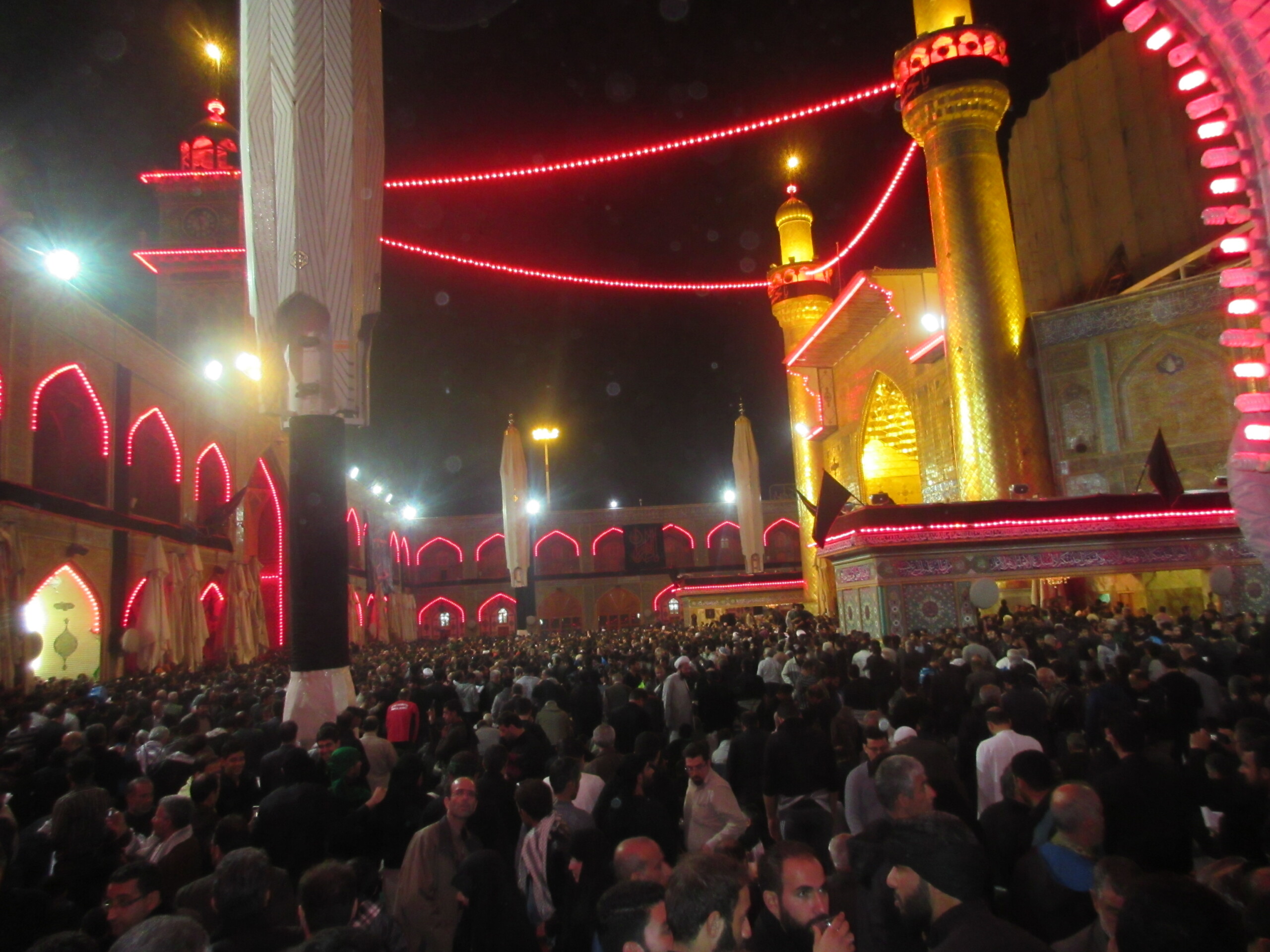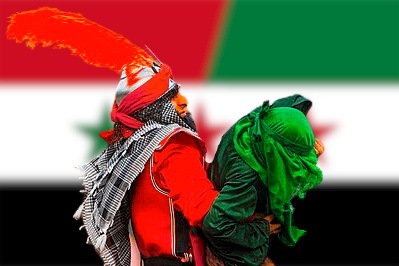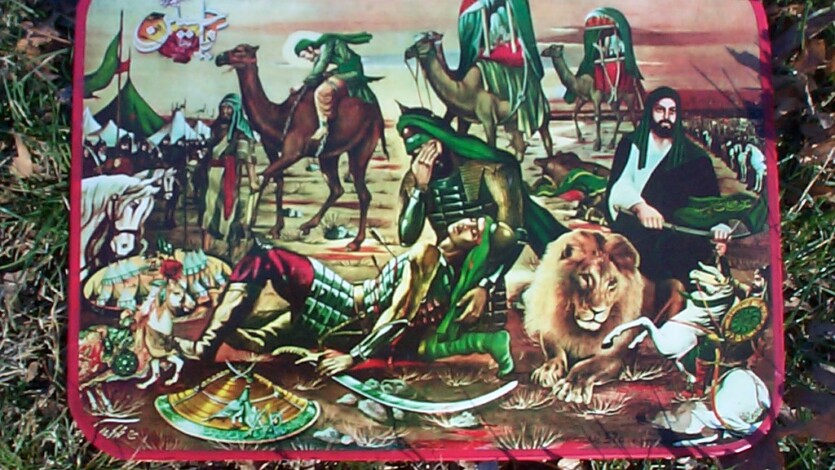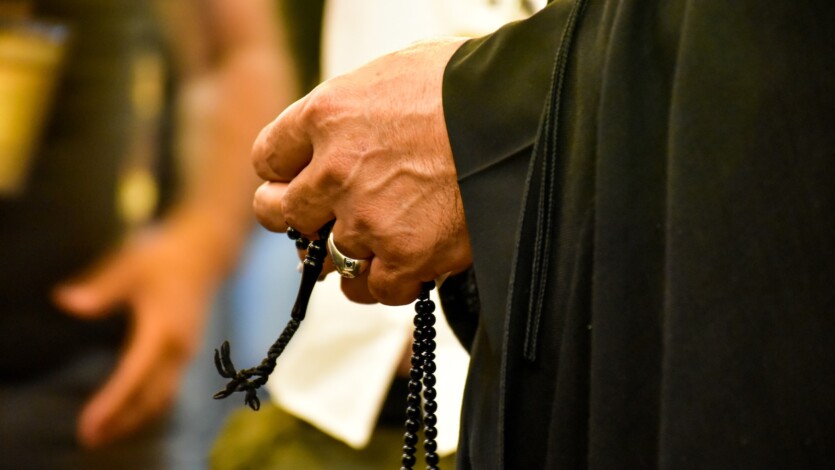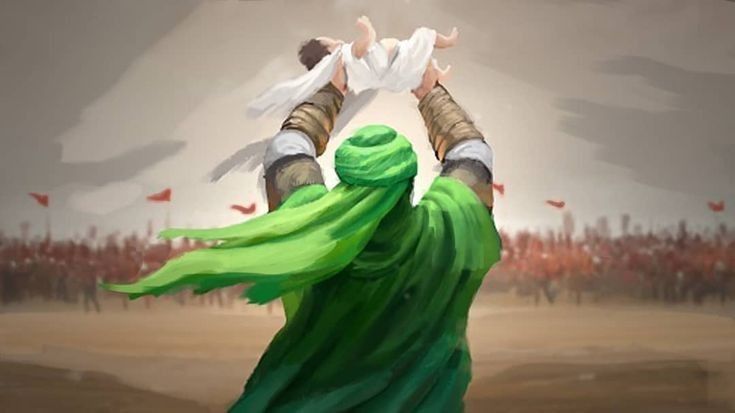The plight of the captives of Karbala during their forced march to Damascus is a heart-wrenching chapter in Islamic history, particularly within Shia tradition. After the tragic events of the Battle of Karbala in 680 CE, where Husayn ibn Ali, the grandson of the Prophet Muhammad, and his followers were brutally martyred, the surviving women and children were taken captive by the forces of Yazid ibn Muawiya. Historical Context The Battle of Karbala occurred on the 10th of Muharram in the year 680 CE. Husayn ibn Ali, along with his family and supporters, faced the army of Yazid ibn Muawiya.…
